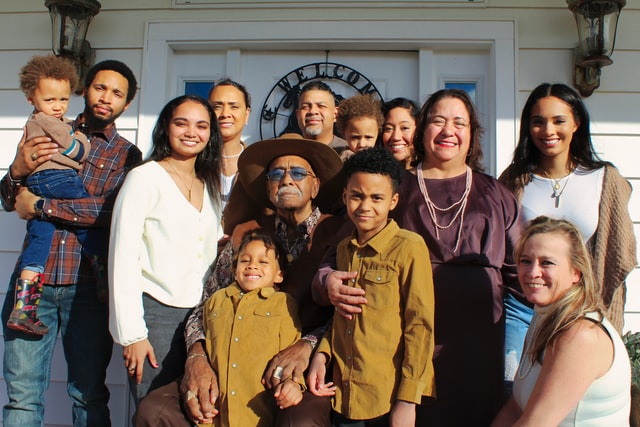Mortgage rates have been low for quite a while, even despite a bump earlier due to pandemic-related fees. Those fees have now been eliminated, allowing lenders to drop their rates back down. The current average of 2.78% is not quite as low as the January record low of 2.65%, but anything below 3% is very good.
With rates being so low, now is probably a good time to refinance if you didn’t take advantage of the low rates already. But refinancing is not always the right choice, even with low rates. If you’ve already had your loan for a long time, starting over could just make you end up paying more overall. If you do think refinancing may be right for you, get multiple quotes and take steps to lower your rates. You can do this by improving your credit score, increasing your home equity, or paying optional fees upfront called discount points.
Photo by Chris Briggs on Unsplash
More: https://finance.yahoo.com/news/score-ultra-low-30-mortgage-220000203.html



















